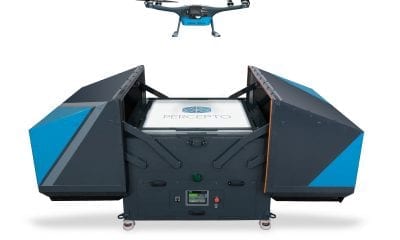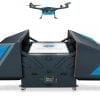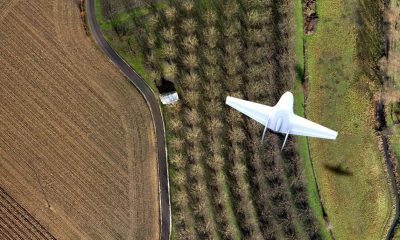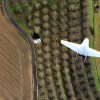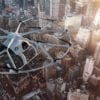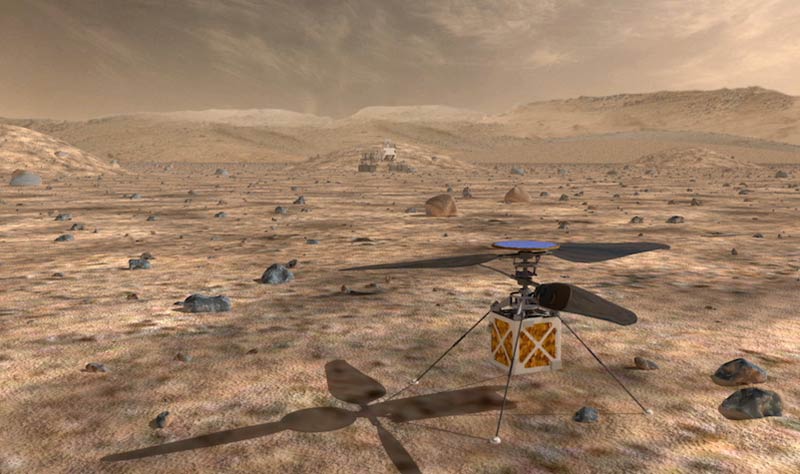
News
NASA Will Soon Decide Whether to Send Drone With Rover on Mars2020 Mission
It looks as though the next Rover mission to explore Mars won’t be going solo. In addition to the newest ground-based exploration machine being prepared for lift off in two years, NASA are thinking about sending a nearly two-kilo robotic ‘copter to accompany the future Mars2020 rover. It’s objective: to fly at heights inaccessible to Rover in order to to model the terrain of Mars more efficiently.
Since 2015, the American Space Agency has been planning to send a lightweight autonomous helicopter to accompany it in order to carry out short topographic reconnaissance missions. It would be the first time that a flying object would participate in a space exploration mission.
Recent test flights of the small ‘copter under conditions similar to the alien environment of Mars have been promising, leading NASA officials to consider the reality of sending the aerial drone along on the next mission to the red planet in 2020.
Not only would the drone facilitate the collection of high resolution imagery, but it would above all serve to assist the movements of the traveling laboratory that is Rover.
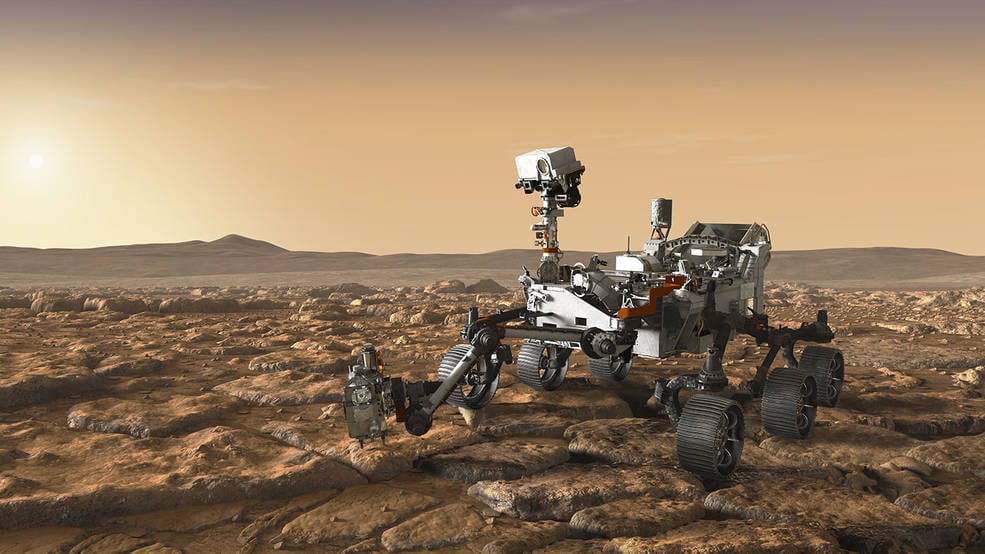
The Mars2020 rover’s mission is to seek out and study an area likely to have been habitable in the distant past by discovering signs of past microbial life | NASA/JPL-Caltech
“Currently, with the Curiosity rover, we are limited by the height of the camera, located just over two meters from the ground,” says Sylvestre Maurice, astrophysicist at Irap (CNRS / University of Toulouse / Cnes), involved in the Curiosity mission and Mars2020. “We can not do a digital model of the field more than 40 meters away.” The robotic ‘copter is expected to fly up to thirty metres off the ground, allowing the next Mars2020 Rover to “see” a radius of 500 metres.
The design challenge is significant: the atmosphere of Mars is 100 times more tenuous than on Earth and composed mainly of carbon dioxide, less of a “carrier” gas than nitrogen and terrestrial oxygen. To get this far, there have been considerable adjustments to the ‘copter design to ensure it will be able to withstand the inhospitable conditions of Mars. Atmospheric pressure is less than a percent of the Earth’s and gravity only about 3/8ths that of Earth’s, and to overcome these difficulties the engineers at the Jet Propulsion Laboratory (JPL) have been working on the design of the aerial drone for several years.
Jim Watzin, director of NASA’s robotic Mars exploration program, confirmed last month that the flying robot had successfully flown for nearly 90 minutes.
Talking to the Mars Exploration Program Analysis Group, a panel of scientists that assists NASA in planning Mars missions on February 21, he said, “The system has been built, it’s been ground tested, and then we put it into a chamber that was backfilled at Mars atmosphere (conditions). Some parts were removed from the helicopter to compensate for the 1g (gravity) field to get the proper relationship of mass and acceleration at Mars, and we did controlled takeoffs, slewing, translations, hovers and controlled landings in the chamber. We’ve done that multiple times.”
With a weight of about 1.8 kilograms, the drone would carry a small battery allowing short flights of 90-120 seconds, with the possibility of solar panels being used to fuel subsequent flights. Watzin told Space Flight Now that NASA would “potentially maybe even [send the drone] on Mars 2020 as a tech demo. But that decision hasn’t been made, and it will be taken later this spring.”

The helicopter drone would hover up to 30m above the rover, allowing it to “see” a radius of 500m | NASA/JPL-Caltech
Considering the propensity that drone aircraft have to cause damage when things go wrong – such as the huge wildfire started by a crashing drone last week – NASA have taken measures to ensure the potential of mishaps are mitigated.
“NASA will not take any risk,” warns Sylvestre Maurice told MSN France. “We all very much want it to work, but it should not be at the expense of rover safety.”
If there were any danger to the exploration machine, Maurice said, “Mars2020 would drop it to the ground, as if it was laying it down, before retreating a hundred meters away.”
The drone would then take off for a moment before lowering to the ground on its legs to cushion the landing.
NASA don’t plan on the craft being a a one trick ‘copter, either. Once a tech demo were performed on Mars, the craft might be able to be utilised again in future missions. Watzin said, “Looking forward to an operational system, we don’t see anything in the architecture that is exceptionally life limiting.
“If we were to fly the helicopter as a tech demonstration on something like Mars 2020, we would envision a very small number of flights to prove the aerodynamic and handling characteristics, and the concept of operations, and that would be the end of the demonstration,” he continued. JPL engineers hope to fly the aircraft at least five times on Mars if they decide to send it on the mission.
Preparing for flight! The #Mars2020 mission has begun assembly, test and launch operations (ATLO).
Look behind the scenes: https://t.co/BjYhwQEuc0 pic.twitter.com/hg7Bqdt7DZ
— NASA JPL (@NASAJPL) March 13, 2018
On Wednesday NASA announced that the Mars2020 rover officially entered a key milestone – the assembly, test and launch operations (ATLO) phase of development. This marks the start of final construction of the rover before its launch in July 2020 on a United Launch Alliance Atlas 5 rocket.
David Gruel, ATLO Manager for Mars 2020 at JPL said, “Right now we are working the descent stage, and by fall we expect to be working on the rover itself.”
It’s not the first drone NASA have considered sending into space. In December 2017, the space agency announced it had selected a one billion dollar “Dragonfly” drone from a field of twelve as a prime candidate for the search for extraterrestrial life on Saturn’s largest moon, Titan.
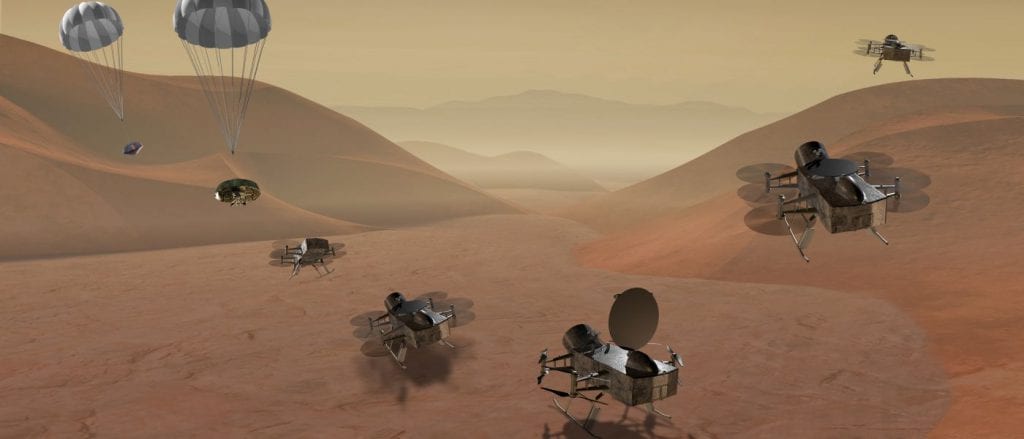
Artist’s impression of the DragonFly Drone | NASA



